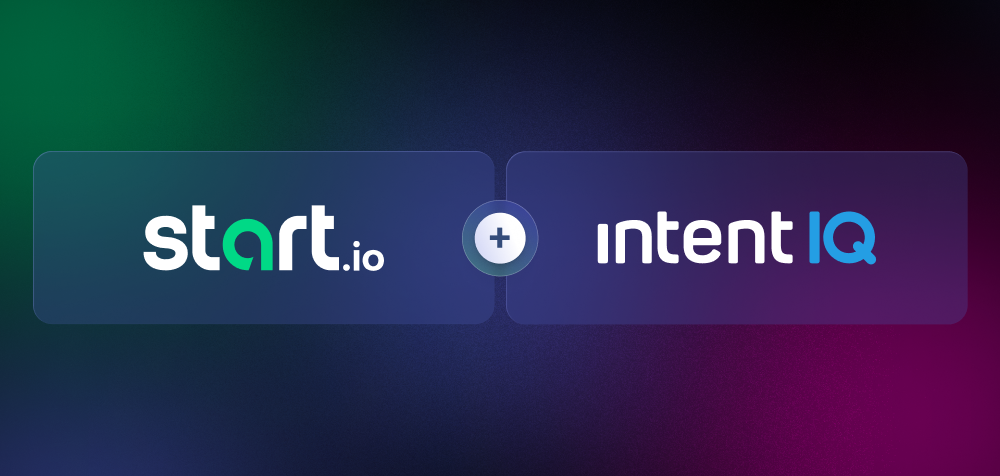It’s crucial to learn about audience analysis, and demographic audience analysis is one of the baseline techniques needed to succeed on this front. Dig into demographic audience analysis and get it working for your business.
Demographic Audience Analysis: How and Why It Works
Among the various types of audience analysis, demographic audience analysis is the best place to start when focusing on reaching your audience more effectively.
So, what is demographic audience analysis?
This is the practice of utilizing segmented user data to analyze how your audience interacts with your products and campaigns. Information gathered allows you to implement stronger, more effective marketing techniques. The demographic characteristics of an audience include important factors such as age, location, gender, income, job title, and more.
When defining demographic audience analysis, we cannot ignore that audience demographics exist outside of business and marketing. Speechwriters, public speakers, and even pastors think about audience characteristics to tailor their words to suit their audience.
The Importance of Demographic Audience Analysis
The purpose of the demographic audience analysis is to improve how you engage with your customer base through every aspect of your business.
Without basic information about your audience and what they expect from a business like yours, it gets incredibly burdensome to successfully capture and convert their attention into sales.
Consider these situations:
- Sending sponsored blog posts to an audience that prefers native reviews won’t be successful.
- Sending frequent emails to an audience that prefers fewer emails can cause your mailing list to lose subscribers.
It’s impossible to have 100% knowledge of your audience, but it is possible to have an invested analysis of their expectations and needs. The more you understand, the easier it is to engage. Check out our new blog post – Tesla’s target demographics to see how we analyzed Tesla’s target market and identified who are Tesla’s customers.
Cultural, social, and societal context informs consumer behavior in significant ways. You need to identify this context and make sure your product messaging will hit right every time. Using demographic audience analysis is particularly important when stabilizing your consumer insights and audiences.
Audience Analysis: Going Beyond Demographics
Demographic audience analysis is not the only type of audience analysis that might benefit your business. What are the different types of audience analysis?
Five major types of audience analysis are commonly used:
- Demographic audience analysis
- Behavioral audience analysis
- Psychographic audience analysis
- Situational audience analysis
- Multicultural audience analysis
Which of these techniques will be most effective for any particular audience or market varies greatly. Understanding each will enable you to make more informed decisions about what to implement moving forward. See our recent blog post on Nike Target Market Analysis – Demographic Segmentation Marketing Goals.
Basics of Behavioral Audience Analysis
Behavioral analysis focuses on where and how consumers engage with content to identify patterns in an increasingly internet-based world. Do they browse through social media sites for recommendations? Do they click ads, but only while visiting specific sites?
Basics of Psychographic Audience Analysis
Psychographic is a methodology that uses psychological attributes to describe a group. For example, your audience might be best represented when grouped by their values, lifestyles, or interests.
An outdoor apparel company may segment its audience into recreational day hikers, individuals who work outdoors, long-trail hikers, and other similar groups. Further researching audience groups like people who enjoy visiting US National Parks illuminates segments previously left untapped.
Basics of Situational Audience Analysis
Situational analysis is unique because it focuses less on the individual members of an audience and more on the general situation that your business is marketing within. Factors considered under this umbrella term may include:
- Season
- Audience size
- Interest level
Basics of Multicultural Audience Analysis
While most audience analysis focuses on finding similarities within consumer groups to better market to these groups, multicultural analysis focuses on finding key ways your consumers may differ. By segmenting your audience by similarities and differences, you will discover ideas that may have otherwise flown under the radar.
Demographic Audience Analysis: Target Demographics
It’s confusing to know which demographics to utilize for demographic audience analysis. What are the target audience demographics frequently used to improve and manage consumer relations?
|
Target Demographics |
|
|
Demographic category |
Demographic audience analysis example |
|
Age |
How old are the consumers in your target audience? What age ranges have been successfully marketed to? Which need improvement? |
|
Gender |
Links between gender and product type can be useful to identify but may not be effective for every market. |
|
Income level |
What income level is most likely to purchase your product, and which can be further influenced to learn about your brand? |
|
Education level |
Are there any correlations between education level and your engaged audience? |
|
Device |
Is your site design optimized to fit with the preferred device usage of your audience? |
|
Geographic location |
Are your services available where your audience is located? Can your company better serve high-number areas? |
|
Occupation |
Job-status and title may offer insight into what types of professionals are engaged with your brand and which are being overlooked. |
Analyzing Your Audience With Demographics
How can demographics be used to analyze an audience?
Hidden in the demographic data is the chance to better engage with an untapped market. Once you have access to demographic data through intelligent audience segmentation, the goal becomes identifying trends, patterns, and correlations.
How To Find Your Ideal Audience Demographics
Potential socio-demographic targeting options are incredibly varied. Exploring the possibilities is key to growing your business. Some companies, including Start.io setups, provide demographic data to support your marketing strategy simultaneously with behavioral information. Shopping behavior according to age or location, hobbies by locations, and other intersections of these two types of audience analysis have proven to be incredibly beneficial to many teams.
Whether or not you decide to include behavioral analysis in your initial audience targeting, having access to software and database marketing that automatically assesses an ideal audience will simplify your task.
Inform Your Own Success
Innovative campaigns based on demographic audience analysis enable previously unimaginable results.
From custom to pre-packaged user segments, you can access high-quality insight and AI-driven targeting through the services at Start.io. Combining your own data with these powerful insights will ensure better targeting. Your brand will flourish when you can successfully identify your audience and engage on their terms.
What are you waiting for? Learn more about how demographic audience analysis platforms like Start.io can help your business today.
Demographic Audience FAQs
How is demographic audience analysis used in today’s business world?
Demographic audience analysis is everywhere; you would be hard-pressed to find a sector where demographics are not used to better serve and target a group of people. Audience analysis goes beyond business because, at its heart, it is about understanding humans better. The importance of demographic analysis to society cannot be understated.
What is the importance of demographic audience analysis?
Completing a demographic analysis of an audience allows companies to develop well-supported campaigns and product launches that utilize the best of accurate customer data. Campaigns guided by demographic analysis are more successful because they are based on knowledge, not guesswork.
How do changing demographics affect business?
Demographics can and do change over time. Targeting by brands without updated demographics becomes more and more inaccurate as this degradation occurs. Changing demographics must be monitored to prevent loss and ensure that potential expansion opportunities are not missed.






